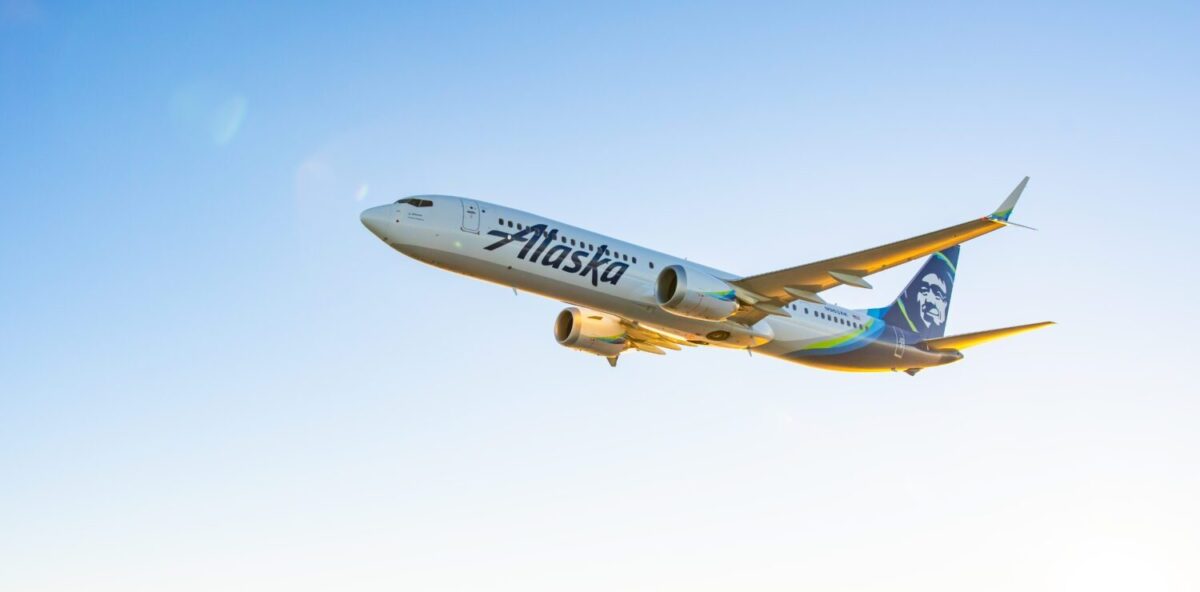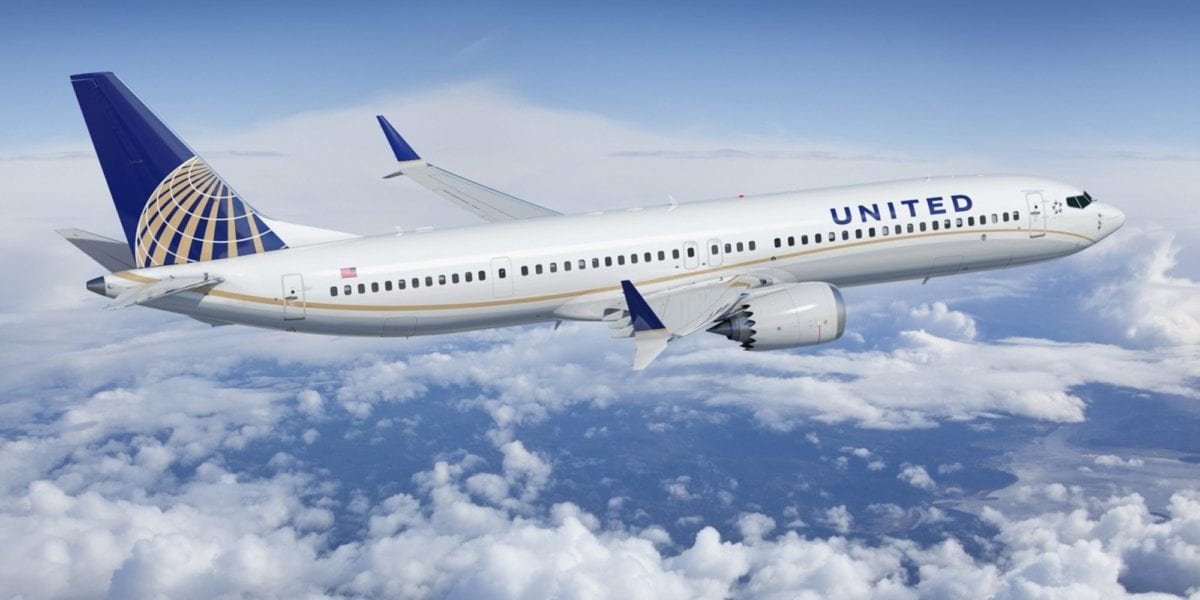Three weeks to the day since a panel blew out of an Alaska Airlines jet mid-flight, the grounded Boeing 737 Max 9 model involved in that incident was expected to return to service for major U.S. airlines starting Friday after lengthy inspections.
The Federal Aviation Administration (FAA) grounded select 737 Max jets following the hair-raising Jan. 5 incident, when an Alaska Airlines plane was forced to make an emergency landing soon after departing Portland (PDX) after a panel from the fuselage – an unused space for an exit door that was plugged – ripped away at 16,000 feet. The FAA cleared the way for those jets to resume flying this week, approving a mandatory inspection and maintenance plan for those doors.
“We grounded the Boeing 737-9 MAX within hours of the incident over Portland and made clear this aircraft would not go back into service until it was safe,” FAA Administrator Mike Whitaker said in a statement. “The exhaustive, enhanced review our team completed after several weeks of information gathering gives me and the FAA confidence to proceed to the inspection and maintenance phase.”

Alaska Airlines said this week it planned to resume 737 Max 9 flights starting Friday, following 12-hour inspections on each plane, bringing all 65 of its 737 Max 9s – nearly 30%% of its fleet – back to the sky by next week.
United, meanwhile, was expected to resume some flights on the 737 Max 9 as soon as Friday, too. Several international carriers including Aeromexico, Copa, and even Icelandair also fly the jets to and from the states.
This grounding was far more limited than the two-year pause on all 737 Max planes after two fatal crashes in 2018 and 2019 – only a subset of the 737 Max family with a plugged exit door near the rear of the cabin was involved. Yet it still wreaked havoc on flight schedules for Alaska Airlines and United – the only U.S. airlines who use that jet – and their customers, forcing both airlines to cancel hundreds of flights a day for weeks.
Now, attention turns squarely on Boeing after just the latest troubling mishap involving its jets.

As the grounding began, both United and Alaska said their initial inspections discovered several loose bolts in plugged exit door installations, calling into question the thoroughness and reliability of the plane manufacturer and its suppliers. So while the FAA cleared a path for planes to resume flying, it also shut the door on Boeing's plans to ramp up production of those jets – the manufacturer had been planning to set up another 737 Max manufacturing center near Seattle.
“This won’t be back to business as usual for Boeing,” Whitaker, the FAA Administrator, said. “We will not agree to any request from Boeing for an expansion in production or approve additional production lines for the 737 MAX until we are satisfied that the quality control issues uncovered during this process are resolved.”
While airlines haven't canceled Boeing orders, the saga has cast doubt on Boeing's ability to deliver the planes they've got on deck, forcing airlines to retool their future plans. Alaska Airlines CEO Ben Minicucci said the airline is reconsidering its plan to order the 737 Max 10, a larger version of the plane that United already has on order.
“I think the Max 9 grounding is probably the straw that broke the camel’s back for us,” United CEO Scott Kirby said in a CNBC interview this week. “We’re going to at least build a plan that doesn’t have the Max 10 in it.”
Alaska Airlines executives also told investors Thursday they expect Boeing to reimburse the $150 million in lost revenue from lost ticket sales and refunds caused by the grounding.
Lead photo courtesy of NTSB via Flickr
